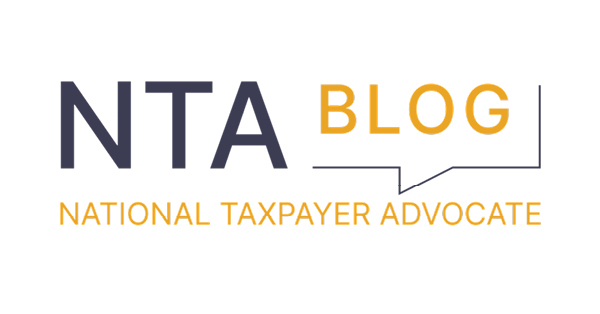NTA BLOG: EITC AUDITS WILL ONCE AGAIN BEGIN; PROACTIVELY RESPONDING TO AN EITC AUDIT IS CRUCIAL

Every year, millions of taxpayers claim EITC on their returns, and in recent years, the IRS has been selecting about one percent of returns claiming the EITC for audit, which translates to hundreds of thousands of these returns overall. Many EITC audits begin shortly after the filing of a tax return and before the issuance of the refund. If an audited taxpayer demonstrates the credit was properly claimed, the IRS will release the refund at the conclusion of the audit.
In FY 2019, 82 percent of audited individual taxpayers with incomes (total positive incomes) below $50,000 had claimed EITC on the audited return. Most of the audits of these low-income taxpayers (92 percent) were correspondence audits, meaning the IRS conducted the audits by mail rather than in person. Unfortunately, many taxpayers do not respond or participate in correspondence audits. This results in the IRS disallowing the EITC and closing the audit. Figure 1 shows the non-response rate for audits of taxpayers claiming the EITC whose incomes were less than $50,000.
Figure 1
|
Fiscal Year |
Non-Response Rate for Audits of Taxpayers With Incomes Less Than $50,000 Who Claimed EITC on the Original Return |
|
2018 |
43 percent |
|
2019 |
36 percent |
|
2020 |
38 percent |
|
2021 |
42 percent |
There are several possible explanations for why taxpayers do not respond to an audit: they did not understand the process, did not receive the audit notice, or did not realize from the audit notice the IRS was auditing them (which, according to a 2007 TAS study, happens more than 25 percent of the time), and knowingly or unknowingly abandoned a valid EITC claim. Additional difficulties low-income taxpayers encounter in the correspondence audit process may stem from language barriers, lower financial and computer literacy, and higher levels of transiency. And about one-third of the eligible EITC population changes each year, meaning that a portion of audited taxpayers may be facing these complicated rules for the first time each year.
When the IRS audits an EITC claim, it is often because IRS records show that a child claimed by the taxpayer does not meet the age, relationship, or residency test to be considered a qualifying child under IRC § 32(c)(3), but it could also be because the income shown on the return is inconsistent with IRS records or does not meet the income requirements of IRC § 32(c)(2). One study with the most recent data available from the IRS showed that 21 percent of known EITC errors (meaning an error identified during an audit with full taxpayer participation) were attributable to qualifying child rules; 58 percent of the errors were tied to income misreporting; and nine percent contained both errors.
Qualifying child errors account for the most dollars of erroneous claims by far. Of the qualifying child errors, 20 percent involved the relationship test, ten percent related to the age test, and 75 percent involved residency. Income misreporting – and in particular self-employment income misreporting – accounts for the second highest dollar amount of erroneous claims.
From the Editor: this article was edited for space and clarity - read the full report from the NTA here.




